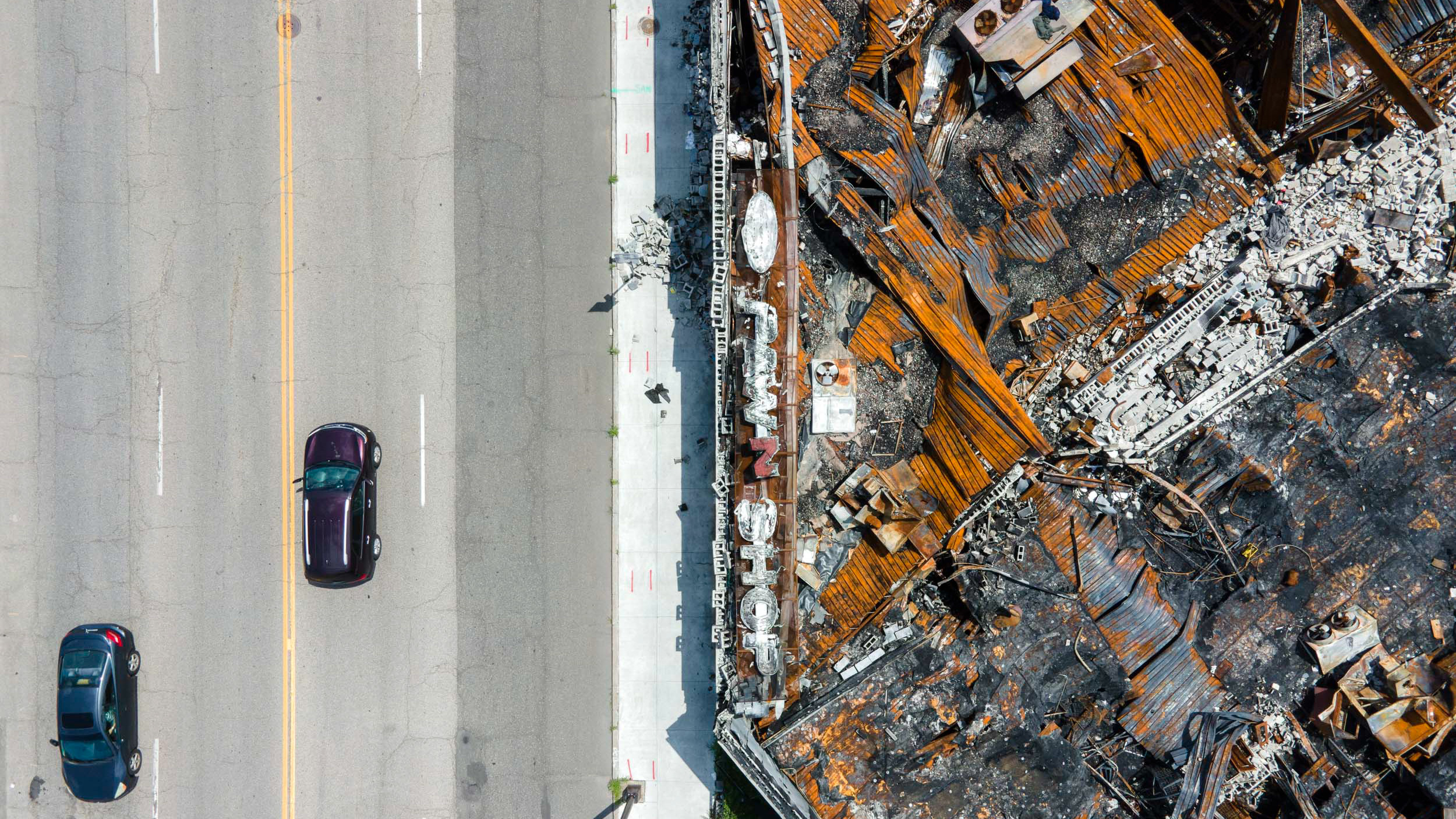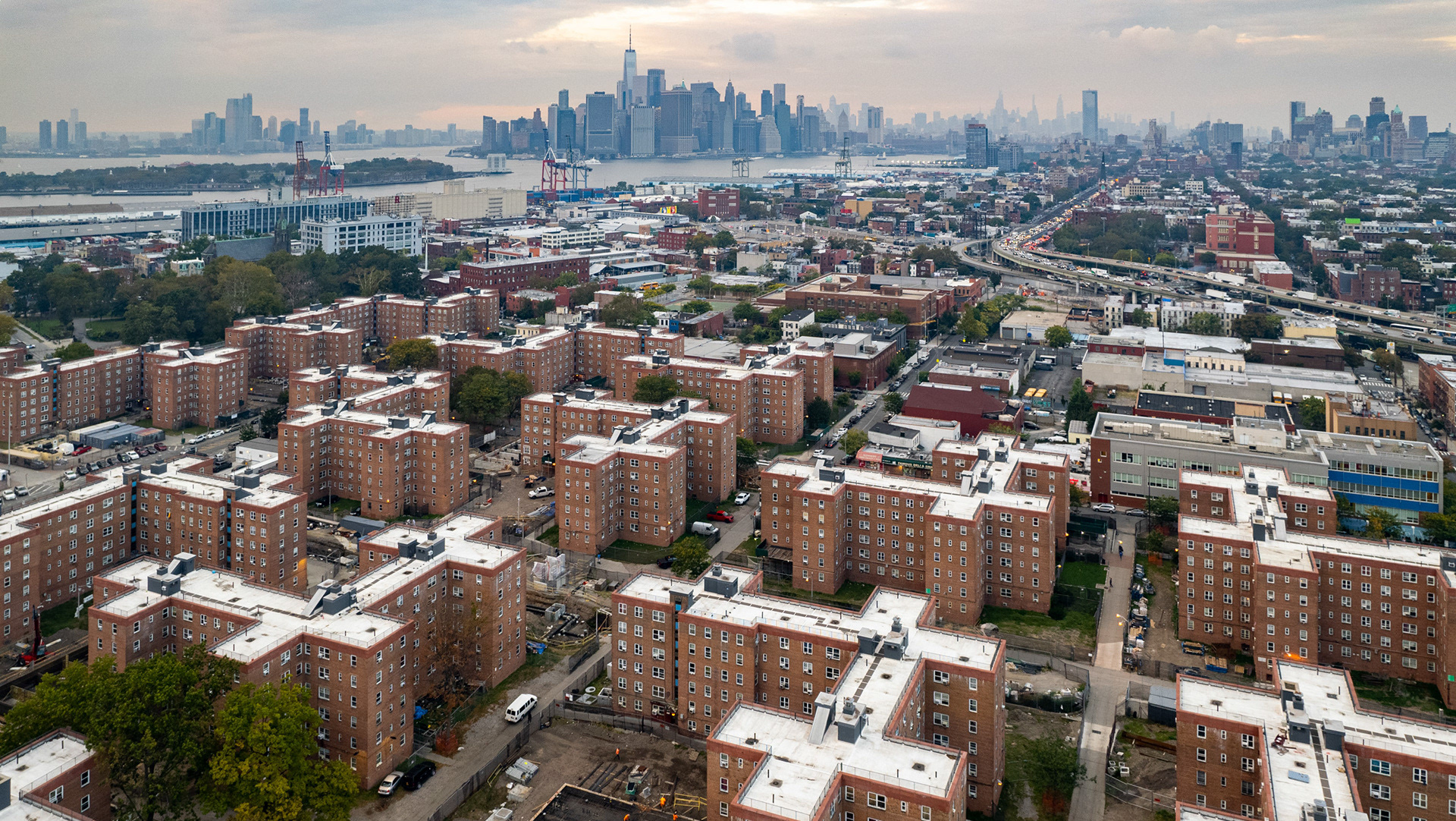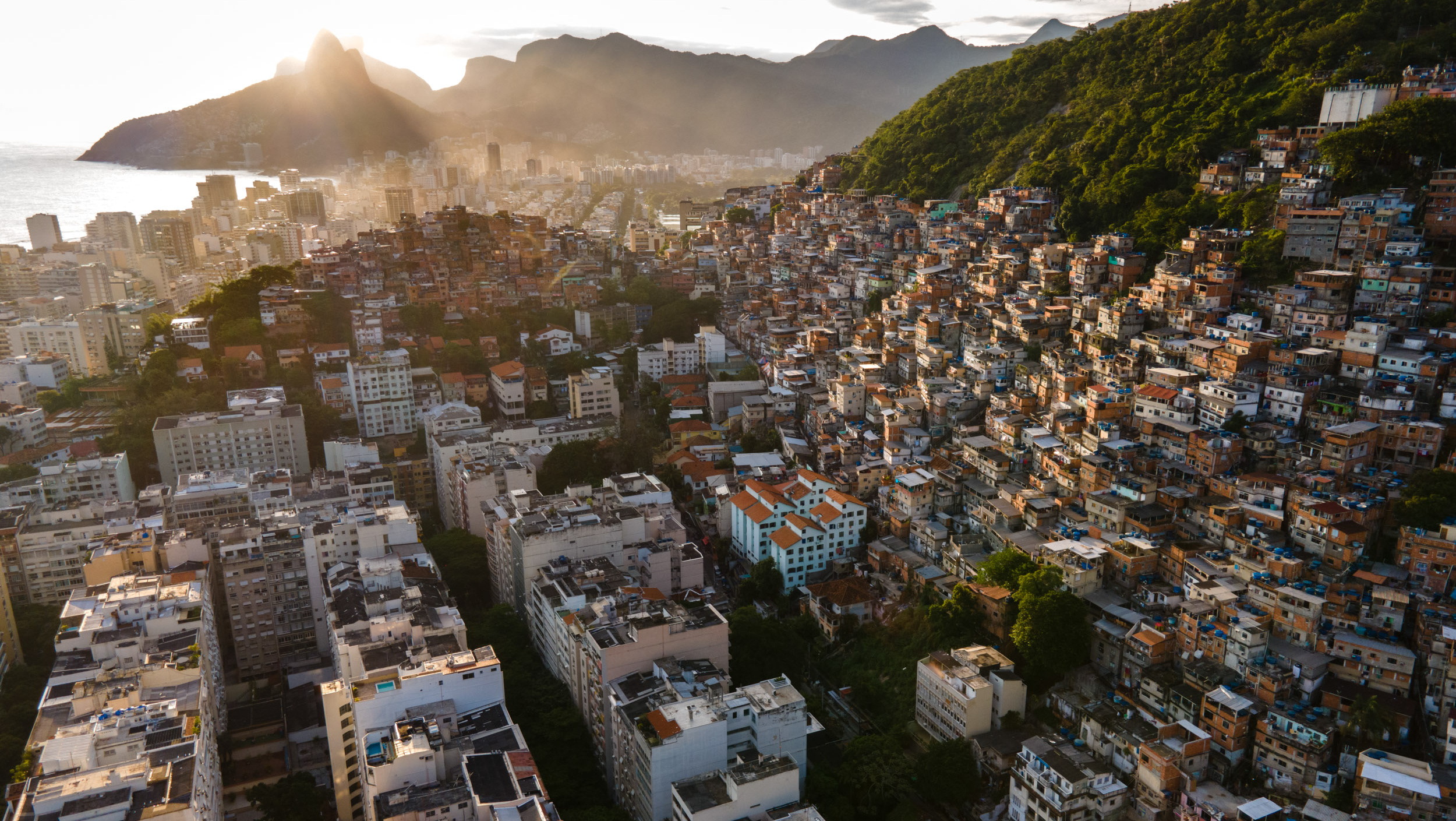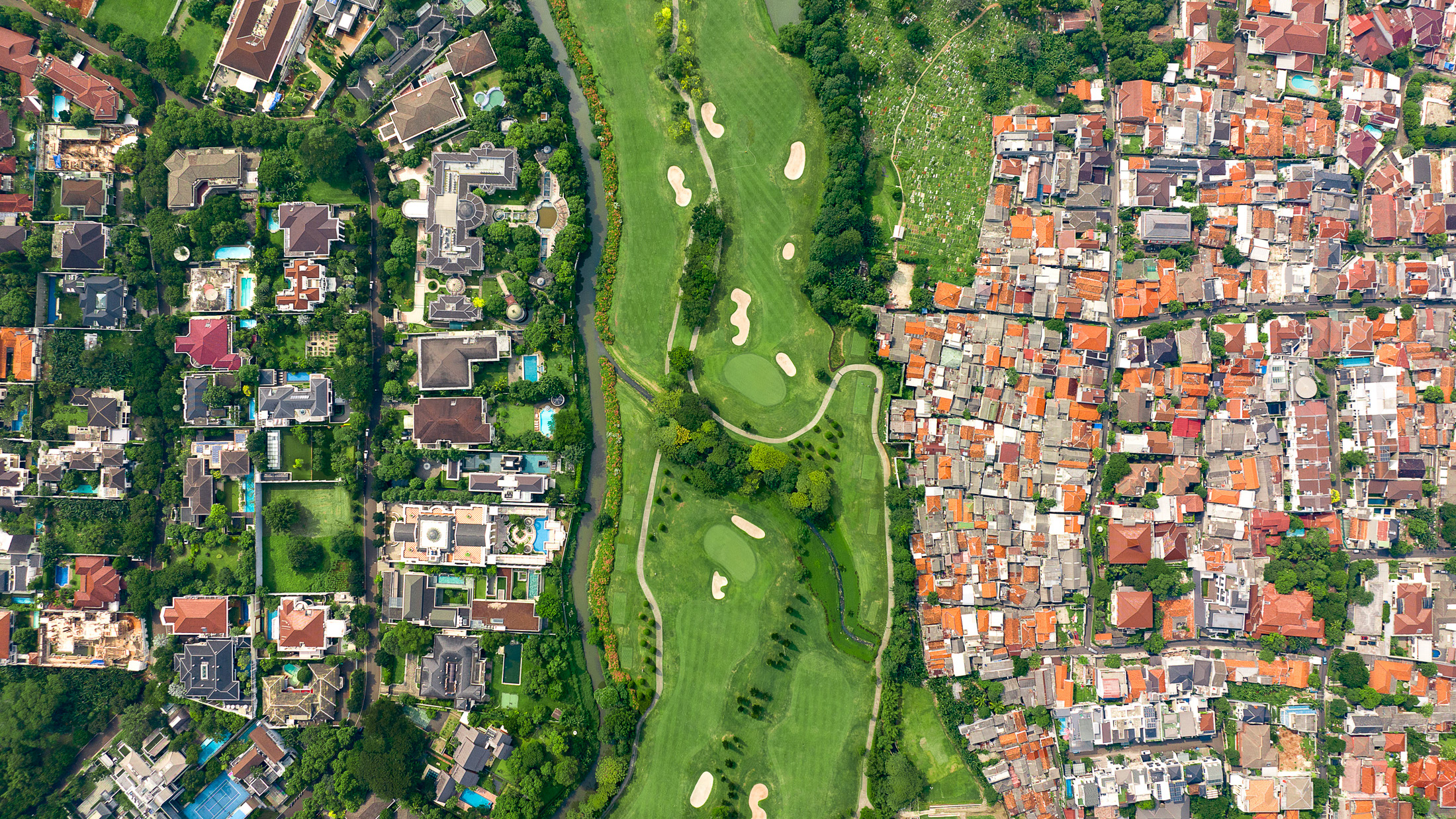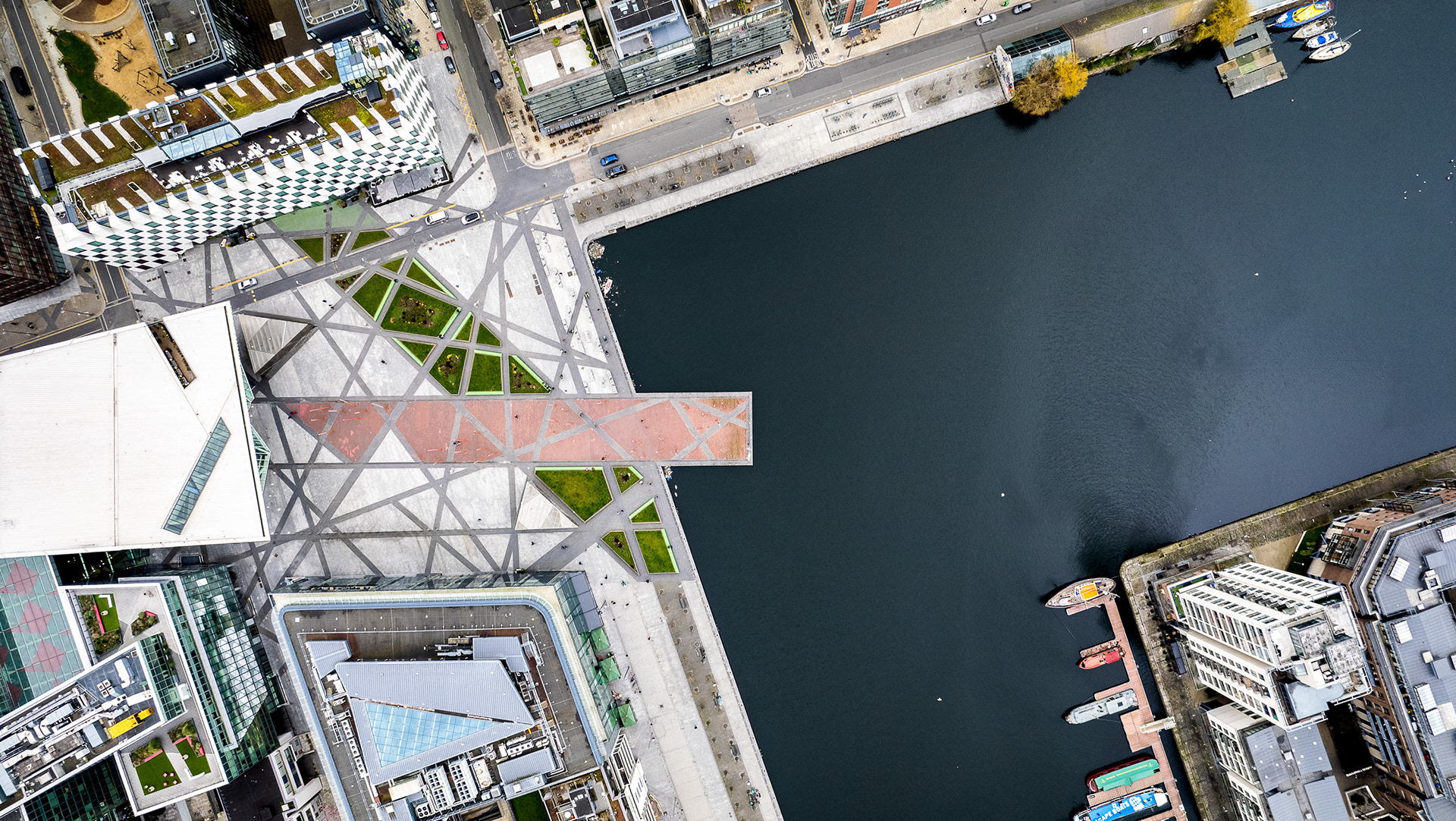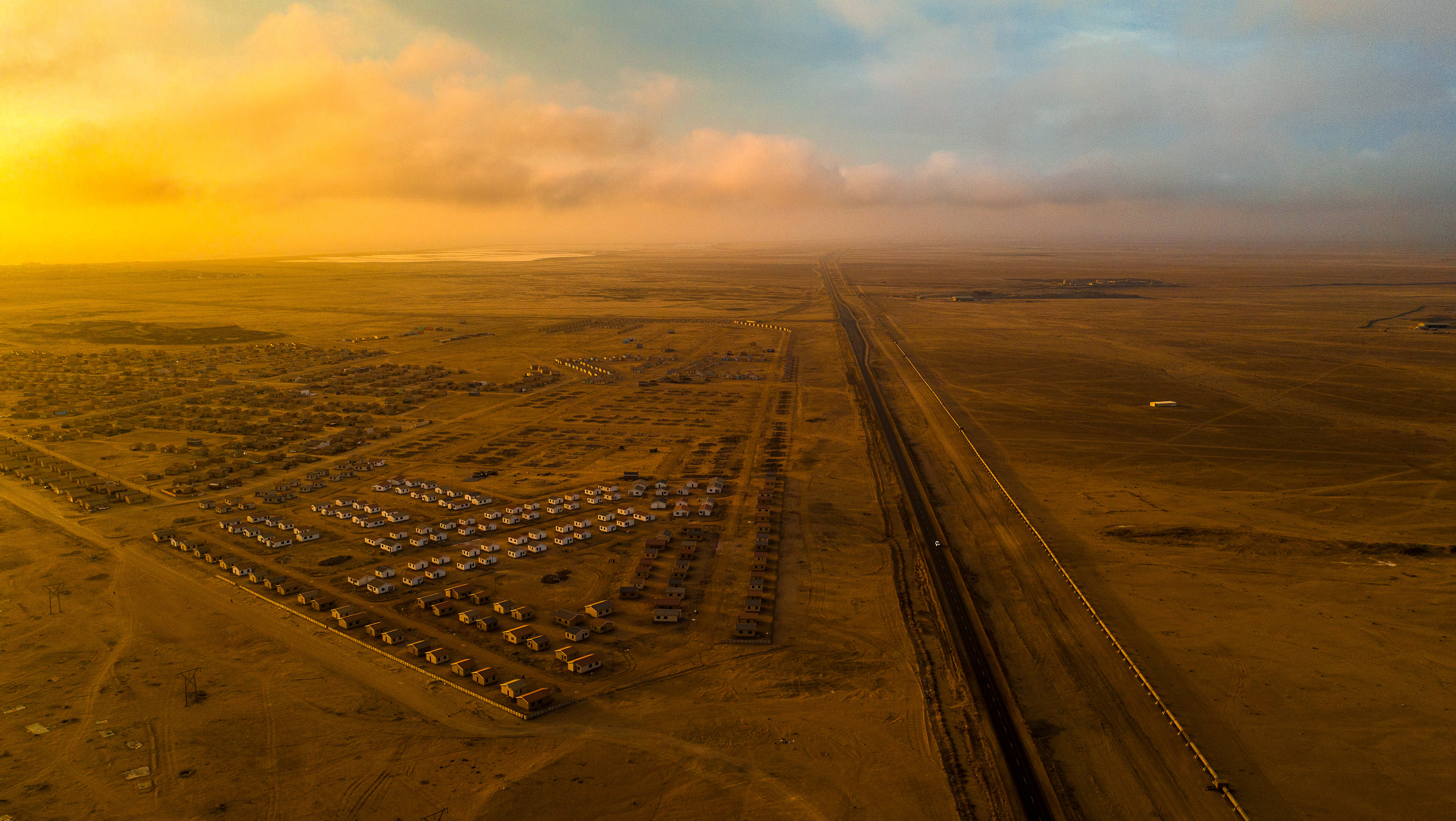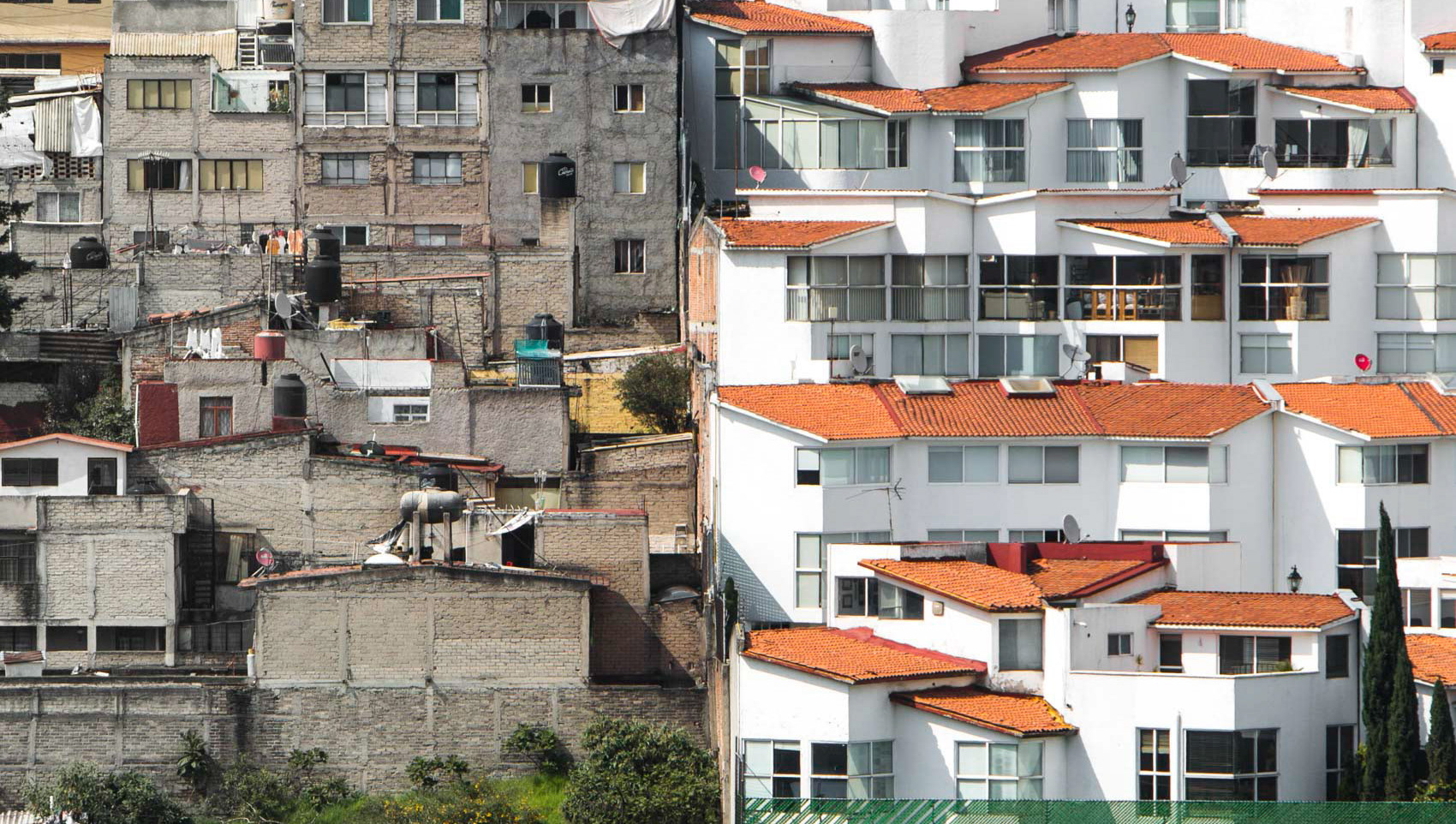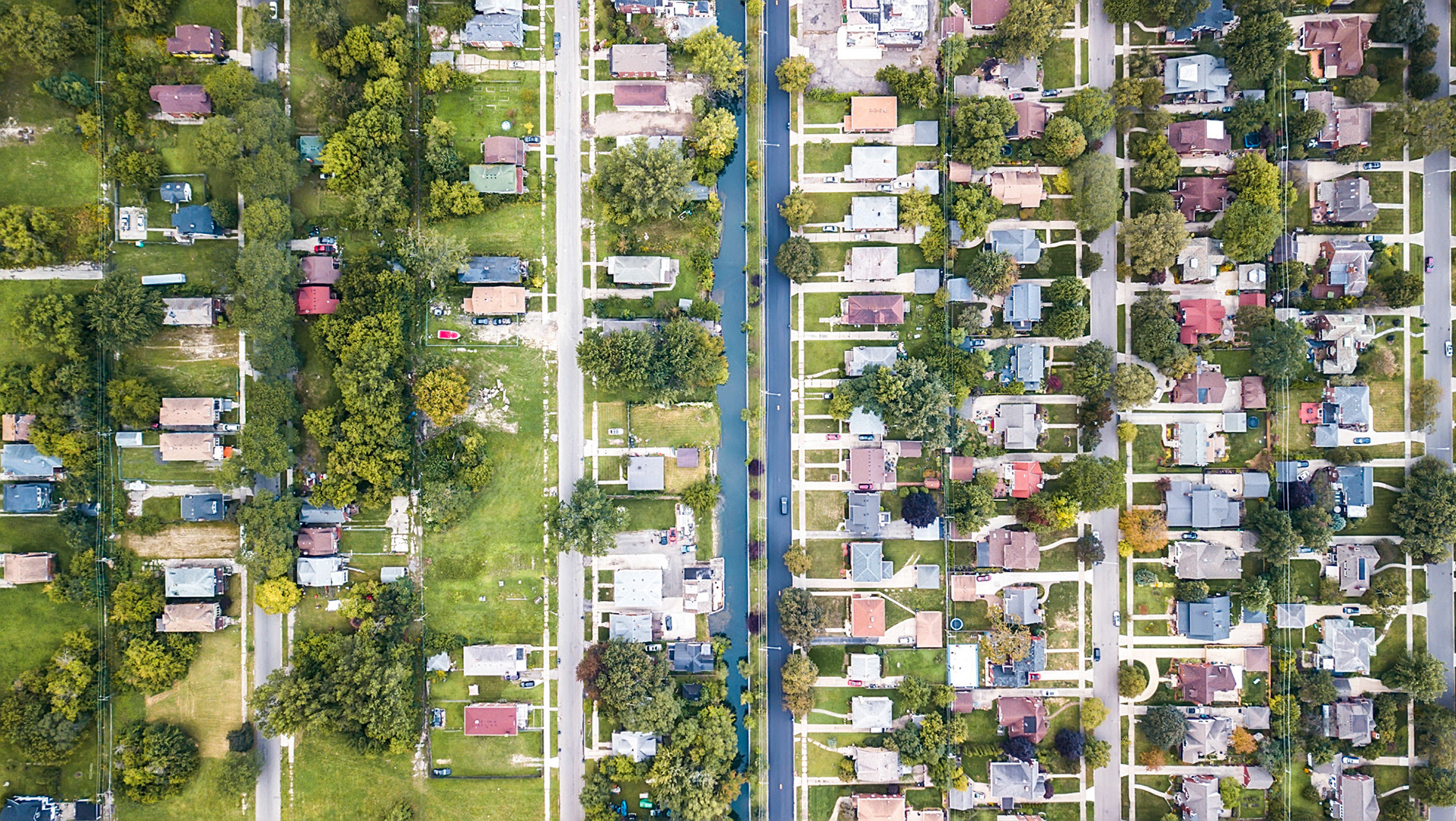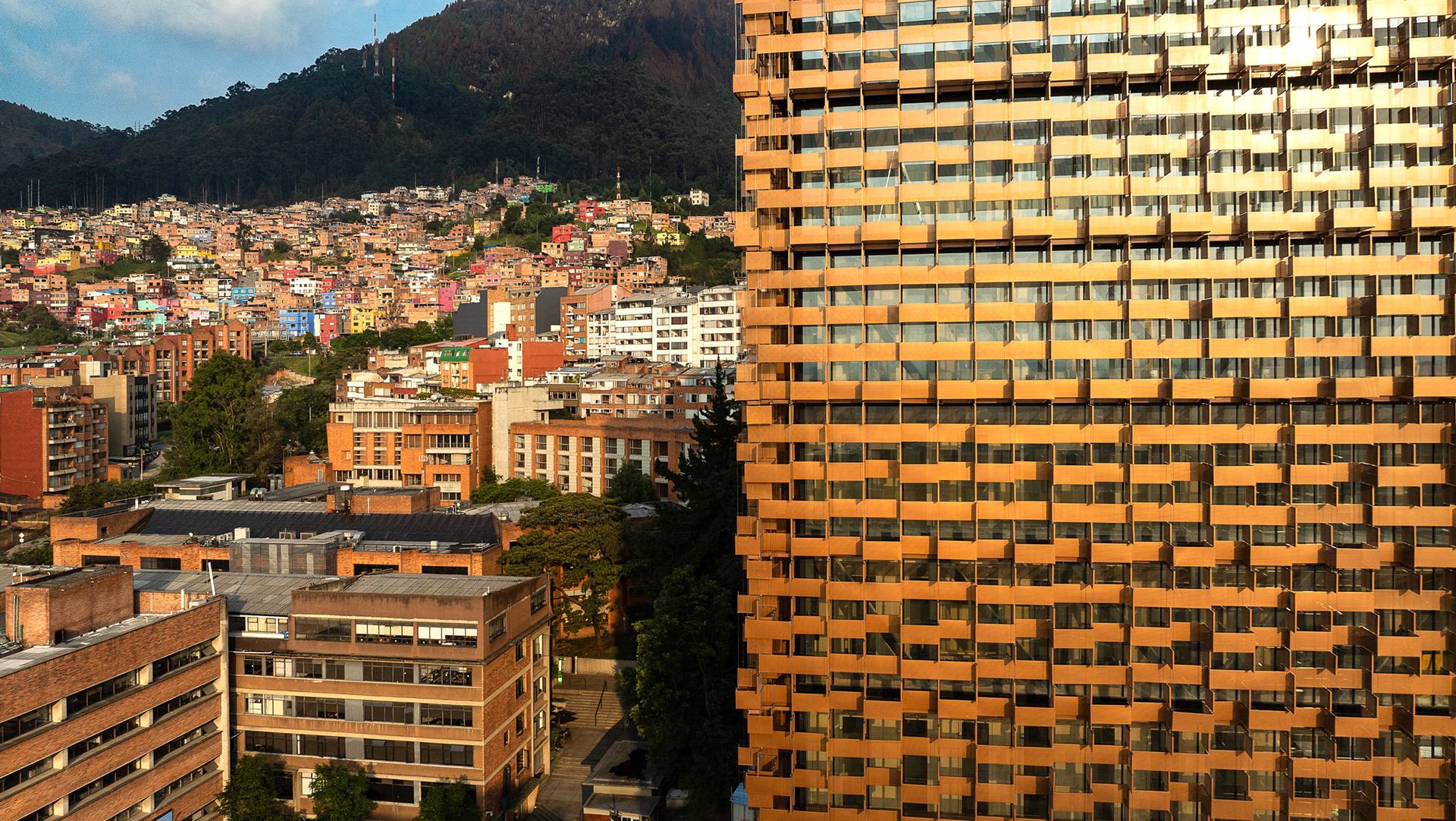In the heart of the city lies Khlong Toei, Bangkok’s largest and oldest informal settlement, home to over 100,000 residents living in tightly packed conditions. Against the backdrop of glittering skyscrapers that symbolize wealth and the city's ferocious growth, Khlong Toei is a reminder of the deep economic and social divides that persist in one of Southeast Asia’s most dynamic cities.
The Makkasan yard, owned by the State Railway of Thailand (SRT), has been the subject of redevelopment debates for years. While the rail yard and its surrounding neighborhoods have historically been industrial and working-class, they now coexist with modern developments and infrastructure that serve Bangkok's expanding urban needs. Proposed projects aim to transform it into a mixed-use space featuring malls, residential developments, and potentially even Bangkok's first casino. However, these plans have also raised questions about displacement, inequality, and access to public space, as the area's working-class communities would likely face displacement.
“It is the last big space we have in Bangkok, and our last opportunity to create a big green space for the people. We must not waste it.” said Pongkwan Lassus, an architect and designer. Bangkok ranks 132 of 231 on a survey of liveable cities, and has among the lowest ratios of green space: just 3.3 square metres (35.5 sq ft) per person compared to New York City’s 23.1 square metres and Singapore’s 66.
Bangkok’s streets are legendary—both for their vibrant energy and the traffic jams that have become synonymous with its growth. Yet, beneath the surface of congestion lies a remarkable story of transformation.
Over the decades, Bangkok has evolved from a city of canals, earning it the nickname "Venice of the East," into a sprawling metropolis with a vast network of roads, railways, and waterways.
The Sirat Expressway flies over poor neighborhoods, built over a fetid canal in Bangkok's center.
The traffic, waterways, and densely packed architecture are paradigmatic of the city, and of the inequalities and challenges that shape its development.
New upscale apartments overlook the Khlong Toei market.
Densely packed communities next to the Port of Bangkok, alongside the Chao Praya river.
The average level of the city of 10 million people is only 1.5m above sea level, although some parts are already below sea level. Projections of 1-3m of sea level rise in the region will leave over 50% of the population exposed to flooding by 2070.
Coastal regions like Bangkok, New Orleans, Jakarta, Rio de Janeiro, Lagos, and New York City are all on the front lines of climate change due to sea level rise and flooding. Drastic, expensive interventions are all but locked in by 2100 to prevent parts of each city from becoming essentially unlivable. How will these changes be financed, and which cities will be able to afford it?
Climate change and sea level rise is predicted to radically reshape the urban landscape along Bangkok's coast.
The Dan River delta, near Bangkok.
The Dan River delta, near Bangkok.

